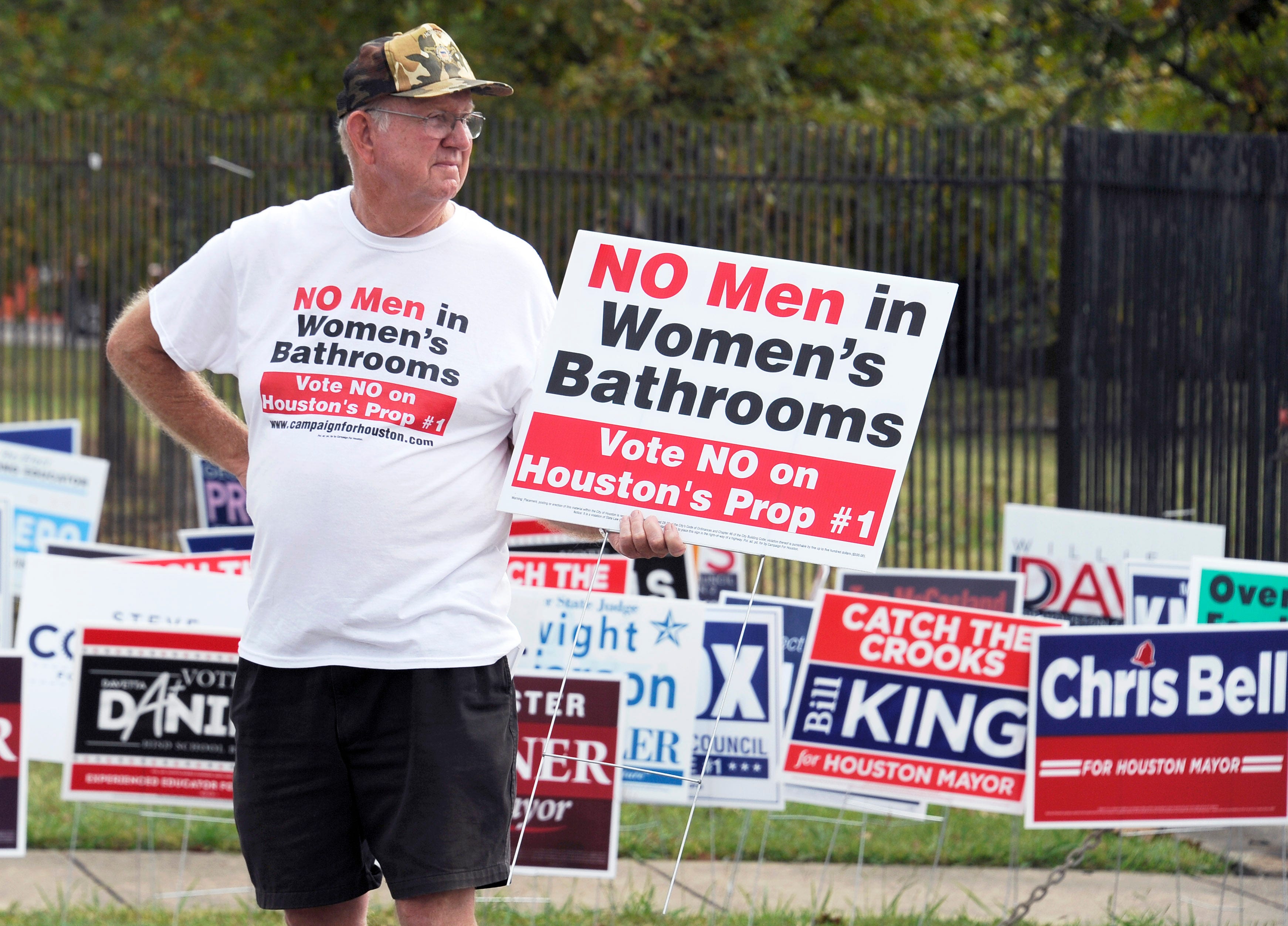Is there any way Democrats can win the 17 seats they need to capture the House majority this November?
In one word: Yes.
Democrats picked up 8 seats two years ago despite widespread predictions of losses. They lost 12 seats in 2012 by less than five percentage points and another 18 seats by less than 10 percentage points.
Also keep in mind that every poll shows the public agrees with Democrats on the big issues – gay marriage, pay equity for women, immigration, gun control and budget cuts.
Meanwhile, the GOP brand remains unpopular. The biggest advantage for House Democrats is that they are running against Republicans. That party’s good name suffered from last fall’s government shutdown, a strategy of obstruction that has paralyzed the Congress, and the recent vote in support of a budget that privatizes Medicare.
Another plus for Democrats is that the GOP’s misguided message to voters for the fall elections – “ObamaCare is a Failure.” That claim is out of date with the success of 7 million people enrolling and 3 million more gaining insurance through Medicaid expansion. The ‘kill health care reform’ message, with endless GOP votes in the House for repeal, also irritates swing voters. Polling shows Independents want to fix ObamaCare, not kill it.
But even with all those advantages the odds remain against Democrats getting enough wins to make Nancy Pelosi the Speaker of the House. Top political analysts, from Charlie Cook to Larry Sabato, currently predict Republicans adding two or three seats to easily retain their majority.
[pullquote]
Even the chair of the Democratic Congressional Committee, New York’s Rep. Steve Israel, told the National Press Club in early April: “It’s a tough climate for us right now.”
In the 2012 House races, Democrats won 50.6 percent of America’s votes with a popular President Obama at the top of the ballot. Although they won the majority of votes they picked up only 8 seats, leaving them 17 shy of majority control. The Democrats’ voters are concentrated in blue states and even high turnout has minimal impact on Republican districts.
Another problem for Democrats this year is the absence of President Obama’s name on the ballot. His star power has a history of driving up voter turnout among core Democrats, young people, women and minorities. But his name is not on this year’s ballot. And after the bungling of the start of computer enrollment for health care the president’s support among Democrats slipped. It has slipped even more among Independent voters. That has caused the president’s popularity to drop into the mid-40 percent range. History is pretty clear here. Second-term incumbents almost always see their party lose seats, an average of 29.
Also bedeviling to Democrats are the results from polls asking voters if they prefer having Democrats or Republicans in charge of the House. Voters are about even, with Democrats holding only a slight, 41-39 percent edge, according to Real Clear Politics. That translates to political strategists as Democrats not having a strong political wind at their back as they sail into the election.
But let me offer the contrarian argument: There is still hope for Democrats to win the House majority!
First, the Democrats are lucky to be running against the House Republicans. Polls show the GOP has a measly 30 percent approval rating. House Republicans are even less popular with about an 18 percent approval rating, according to the most recent polls.
Democrats in the House have nearly twice the approval rating, at 30 percent in the same Quinnipiac poll.
Infighting between so-called ‘establishment Republicans’ and ‘Tea Party Republicans’ compounds the Republicans’ low favorability. The party’s image is captive to incumbent Republican fears of not being sufficiently conservative to stave off a challenge from a Tea Party challenger in primary races. That’s why House Republicans just passed a budget with cuts to education and savings from making Medicare a private plan. Basically the House GOP, in their preoccupation with the far right, just handed Democrats a great weapon for beating up House Republicans in the fall races.
“The Republican budget [is going to] define the next seven months,” said DCCC chair Israel. “With this budget the Republicans are turning their back on the middle class.”
Another reason for the Democrats to have some optimism about House races is the retirement of several popular Republican incumbents and changing demographics. Here are two races that illustrate how holding the House majority may be more difficult for Republicans than the experts would have you believe.
When moderate Republican Jon Runyan, R-N.J., retired, he set off a chaotic fight between Tea Party and establishment Republicans in the district. The local Republican establishment candidate, Tom MacArthur, is battling for the nomination against Tea Party insurgent Steve Lonegan. Not only are they tearing each other up before the general election, but also both are vulnerable to charges of being carpetbaggers. Each man served as mayor of a New Jersey town outside the district. Aimee Belgard, a Democrat, is now positioned as an even pick to win a seat that previously looked safe for Republicans.
Then there is the demographic problem for Republicans. In Colorado’s 6th District, Republican Rep. Mike Coffman has seen a sharp increase among his Hispanic constituents. That rising tide led Coffman to back a bill to give legal status to children of illegal immigrants who are in school or join the military. But he is facing a formidable challenge from the former Speaker of the Colorado House of Representatives, Andrew Romanoff, who is telling voters about the GOP’s refusal to act on immigration reform.
Those races explain why no one should be surprised if Democrats find a way to chalk up some House wins this fall.
This column originally appeared at TheHill.com.




Leave a Reply